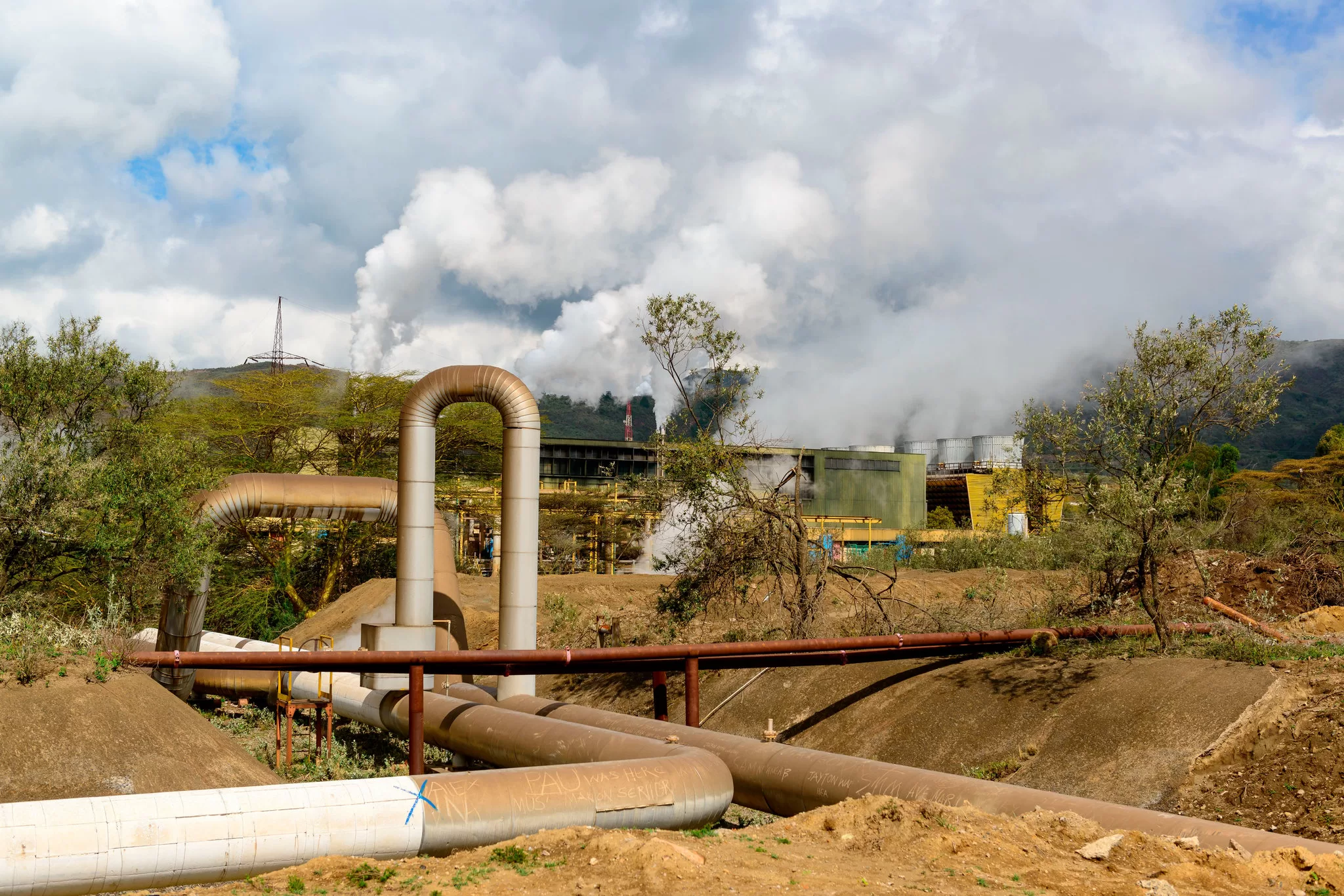Dubbed the Hell’s Gate project, Kenya seeks to ramp up its renewable energy production with plans to drill 42 new geothermal wells. The project is expected to take place within Hell’s Gate National Park in Naivasha over the next five years. Moreover, the project is to be undertaken by state-owned Kenya Electricity Generating Company (KenGen). The company is currently undertaking an environmental impact assessment (EIA) to determine the project’s environmental impact. The process is also being overseen by the National Environment Management Authority (Nema). The proposed wells aim to tap into Kenya’s vast geothermal resources, a clean and reliable source of energy. Geothermal is the major electricity source for the nation, accounting for about 45%. Furthermore, this makes the country the leading producer of geothermal energy in Africa.
Challenges Expected in Implementing KenGen’s Hell’s Gate Project
One of the significant challenges that the Hell’s Gate project is expected to deal with is the environmental impact. The project’s location within Hell’s Gate National Park raises concerns about potential environmental impacts. However, the EIA report outlines various measures to mitigate these concerns. These includes waste management and biodiversity protection. Geothermal development can disrupt natural habitats and migratory routes of wildlife, particularly in the Rift Valley. The region is home to many endangered species and world-renowned wildlife parks, hence the concerns. Nema is inviting public comments on the EIA report for the next 30 days. “The proponent, Kenya Electricity Generating Company PLC (KenGen), proposes to drill 42 geothermal wells at Olkaria Geothermal. This will comprise production, monitoring and re-injection wells,” says Nema. “The wells will be drilled using three rigs owned by KenGen for an approximate period of five years,” they added.

Also read:
Kenya Inks Over $4 Billion Deals to Boost the Kenya Geothermal Sector Infrastructure
Scope of the Project
The scope of the Hell’s Gate project covers the construction of well pads and cellars where drilling will take place. It also entails new roads that will interconnect the well pads and laying water supply lines from existing water storage tanks to respective well pads. The project also includes rig moves, rig rigging-up, and installation of associated auxiliaries. The proposed project site is located within Hell’s Gate National Park, Naivasha Sub-County, Nakuru County. The transparency by Nema is intended to address community concerns. Furthermore, it seeks to ensure the project adheres to environmental regulations. Kenya has set ambitious targets for renewable energy generation, aiming to achieve 100 percent clean energy by 2030. The cost to drill one well in the Hell’s Gate area is approximately $5 million (Sh600 million), with an average potential output of five megawatts (MW). Moreover, it typically requires 20-30 wells for a 140MW power plant.
Also Read:
KenGen’s Energy Play: A US$4.2B Gamble on Geothermal energy in Kenya
Ksh6.71 Billion Loan Acquired to Fund Kenya Geothermal Power Plants Upgrade

